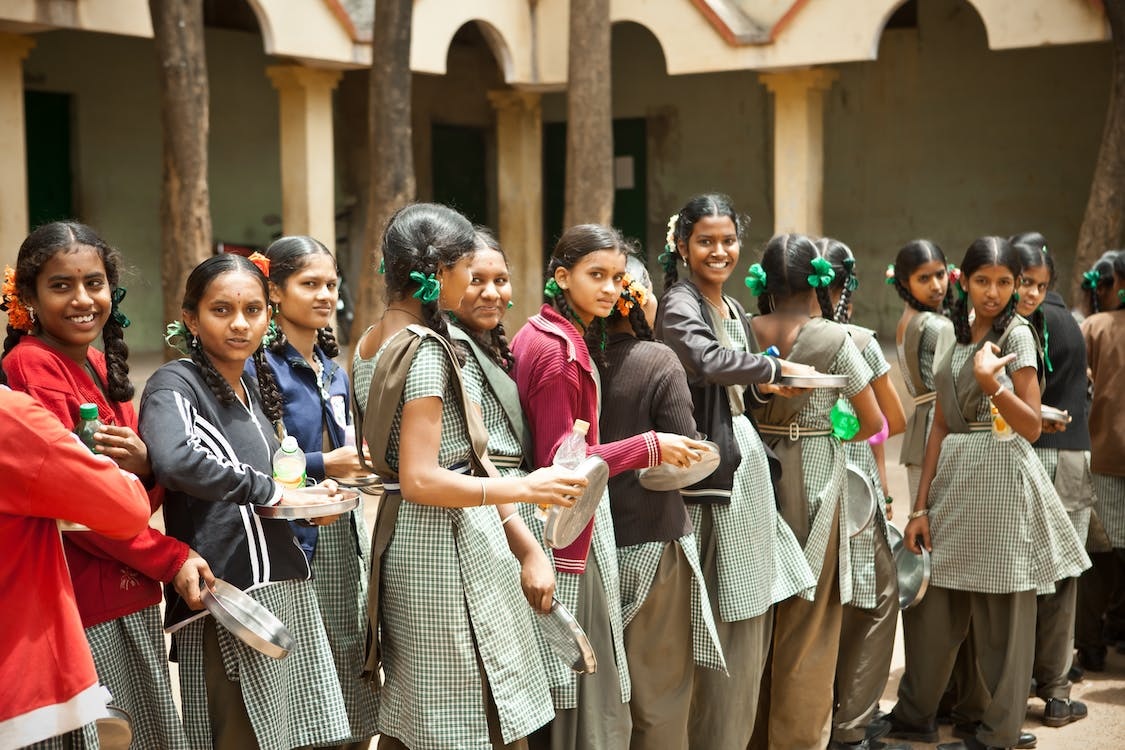The Indian Education System: Challenges and Opportunities
Introduction:
The Indian education system is a complex web that influences the intellectual, social, and economic development of the nation. It reflects the diverse culture and values of the country while striving to provide quality education to its vast population. However, it faces numerous challenges and opportunities that impact its effectiveness and relevance. This essay aims to delve into the various facets of the Indian education system, discussing both its strengths and weaknesses.
Historical Context:
The roots of the Indian education system can be traced back to ancient times when gurukuls (traditional schools) played a pivotal role in imparting knowledge and values. Over the years, the system has evolved, adopting various models under different rulers and cultural influences.
Strengths of the Indian Education System:
- Rich Cultural Heritage: The Indian education system incorporates a diverse range of cultural, linguistic, and regional perspectives, promoting a sense of unity in diversity.
- Robust Higher Education Institutions: India boasts prestigious institutions like the Indian Institutes of Technology (IITs) and Indian Institutes of Management (IIMs), contributing to the global intellectual landscape.
- Emphasis on STEM Education: The system places significant importance on science, technology, engineering, and mathematics (STEM) education, preparing students for technical careers.
- Global Recognition: Indian professionals are sought after globally due to their strong educational foundation and analytical skills.
- Resilience and Adaptability: The education system produces graduates who are often praised for their adaptability and problem-solving abilities in the face of challenges.
Challenges Faced by the Indian Education System:
- Quality Disparities: The quality of education varies widely across urban and rural areas, with rural schools often lacking resources, trained teachers, and proper infrastructure.
- Rote Learning vs. Critical Thinking: The system often promotes rote learning over critical thinking and creativity, leading to a lack of holistic development.
- Outdated Curriculum: The curriculum often lags behind in incorporating modern advancements, leading to a gap between theoretical knowledge and practical application.
- Pressure and Competition: The intense competition for limited seats in top institutions places immense pressure on students from a young age, leading to mental health issues.
- Lack of Vocational Education: There is a dearth of vocational education opportunities, leading to an oversaturation of certain professions and a shortage in others.
- Inequitable Access: Many marginalized communities, especially girls, face barriers in accessing education due to socio-economic factors and cultural norms.
Opportunities for Improvement:
- Holistic Approach: Shifting from rote learning to a more holistic education model that encourages critical thinking, creativity, and practical skills.
- Technology Integration: Leveraging technology for e-learning, online resources, and virtual classrooms to bridge the gap between urban and rural education.
- Teacher Training and Empowerment: Providing comprehensive training to teachers to improve teaching methods and promote student engagement.
- Curriculum Reform: Updating the curriculum to align with modern advancements, emphasize life skills, and incorporate vocational education.
- Inclusive Education: Initiating programs to ensure equal access to education for marginalized communities, with a focus on gender equality.
- Research and Innovation: Encouraging research and innovation in education to develop new pedagogical methods and assessment techniques.
Conclusion:
The Indian education system plays a pivotal role in shaping the nation’s future by nurturing young minds. While it has significant strengths, its challenges cannot be ignored. The path forward involves a collective effort from policymakers, educators, parents, and society as a whole. By embracing opportunities for reform, the Indian education system can evolve into a dynamic and inclusive framework that empowers students to thrive in an ever-changing world.
FAQs about the Indian education system along with brief answers:
Q.1 What is the structure of the Indian education system?
Answer -The Indian education system is divided into three main levels: primary education, secondary education, and higher education.
Q.2 What is the duration of primary and secondary education in India?
Answer – Primary education generally spans from age 6 to 14, covering classes 1 to 8. Secondary education covers classes 9 to 12, typically from age 14 to 18.
Q.3 What is the role of the University Grants Commission (UGC) in India?
Answer – The UGC is responsible for maintaining the standards of higher education in India and providing funds to universities and colleges.
Q.4 What are the major boards of education in India?
Answer – Some prominent educational boards in India include CBSE (Central Board of Secondary Education), ICSE (Indian Certificate of Secondary Education), and state boards.
Q.5 What are the key challenges in the Indian education system?
Answer – Challenges include access disparities, outdated curricula, a focus on rote learning, inadequate infrastructure, and a need for quality teachers.
Q.6 What is the importance of vocational education in India?
Answer – Vocational education equips students with practical skills and knowledge, increasing their employability and reducing the skills gap in the job market.
Q.7 What is the significance of initiatives like “Digital India” in education?
Answer – “Digital India” aims to promote digital literacy and enhance online education, making quality educational resources more accessible to all.
Q.8 What are some popular entrance exams for higher education in India?
Answer – Some well-known entrance exams include JEE (Joint Entrance Examination), NEET (National Eligibility cum Entrance Test), CAT (Common Admission Test), and UPSC (Union Public Service Commission) exams.
Q.9 How has the COVID-19 pandemic impacted Indian education?
Answer – The pandemic accelerated the adoption of online learning, highlighting the need for digital infrastructure and raising questions about the digital divide.
Q.10 What is the “Right to Education Act” in India?
Answer – The Right to Education Act, of 2009, mandates free and compulsory education for children aged 6 to 14 and sets minimum standards for schools.

